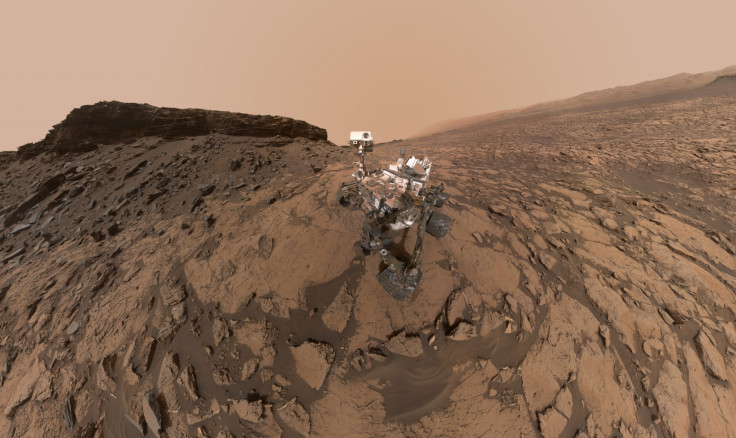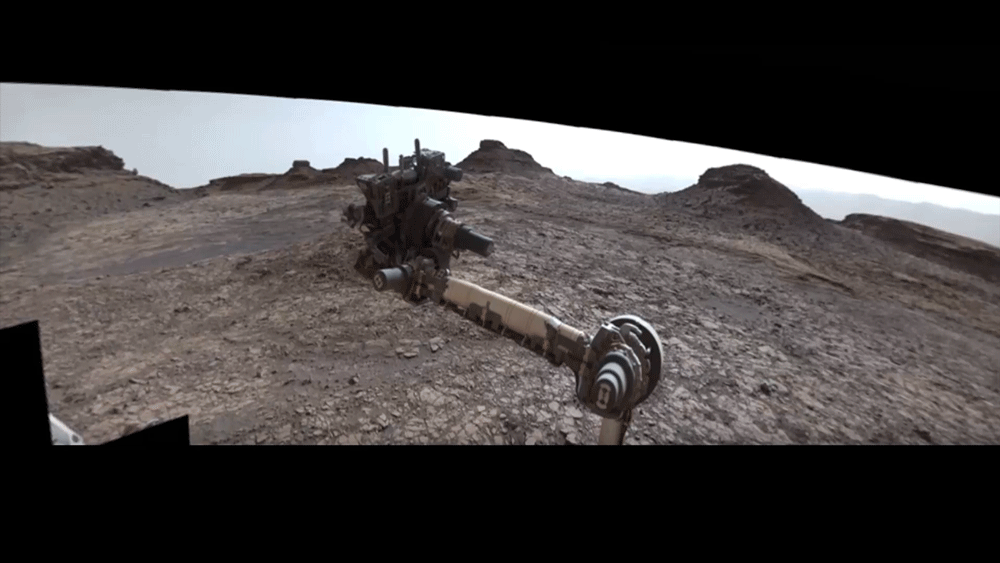Martian mystery deepens as Curiosity rover finds CO2 levels not high enough for liquid water
NASA scientists say that a greenhouse gas effect from carbon dioxide couldn't have warmed Mars enough to melt its ice.
The Curiosity rover on Mars has found that carbon dioxide levels in Mars' atmosphere 3.5 billion years ago were not high enough to warm the planet to levels required for liquid water to flow, raising the question of what other factor could have warmed the planet up to melting point.
From analysis of minerals and sediments in the Gale Crater on the surface of Mars, the rover found that atmospheric carbon dioxide levels were very low at the time that water was flowing on the planet. This is in contrast to the theory that high atmospheric levels of the greenhouse gas carbon dioxide were responsible for warming the planet enough to allow liquid water to flow.
The carbon dioxide levels that were present 3.5bn years ago were tens to hundreds of times too low for liquid water to form at the surface of Mars, according to the findings published in a paper in the journal PNAS.
"This leads to the question of how the surface of ancient Mars, faintly heated by a young sun, was kept warm enough to allow an active hydrological cycle, without substantial amounts of a key greenhouse gas in the atmosphere," the authors write in the paper.
Instead, the researchers outline two alternative possibilities: first, Martian climate models are missing the essential element that caused the planet's surface to warm, or second, that the lake-like features identified in the Gale Crater were not in fact caused by liquid water.
In its exploration of the slopes of Mount Sharp in the Gale Crater, the Curiosity rover found a 70-metre swathe of mudstone, siltstone and sandstone suggesting the presence of a lake between 3.8 and 3.1 billion years ago.

Carbonate compounds would be expected to form if there were high carbon dioxide levels during this period, which should be detectable if greenhouse gases were present in high enough levels to cause the warming. These carbonates have as yet not been found in notable quantities in Mars' geological record.
"This is surprising given the reactivity of minerals making up sediments to carbonic acid," the authors write. They suggest that this is no coincidence, concluding their paper by saying that this is a "direct reflection of the composition of the ancient atmosphere".

© Copyright IBTimes 2025. All rights reserved.






















